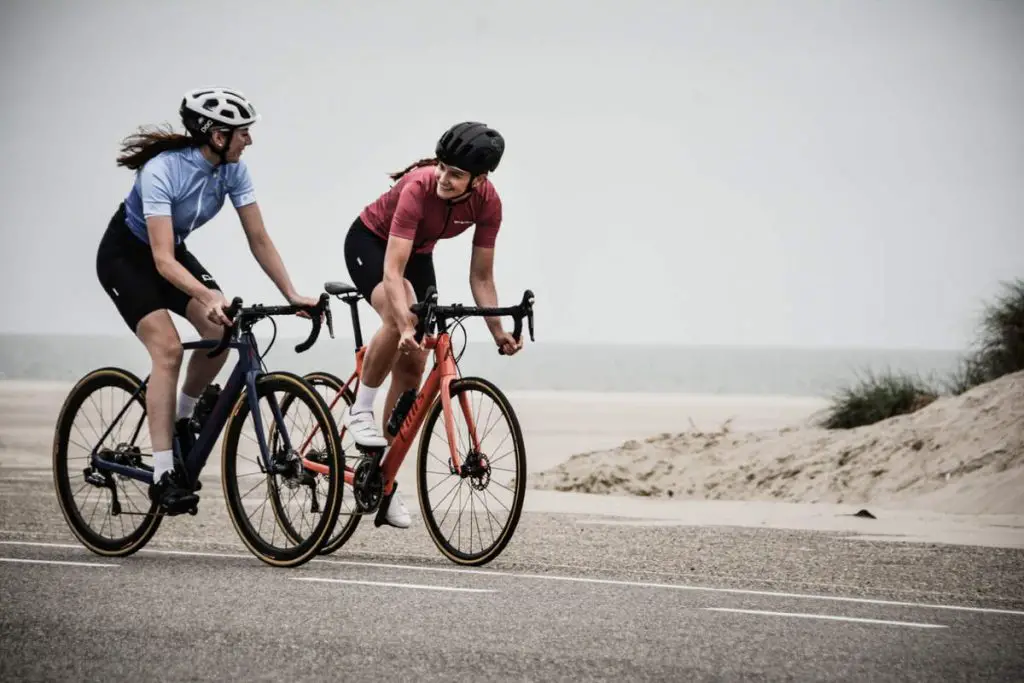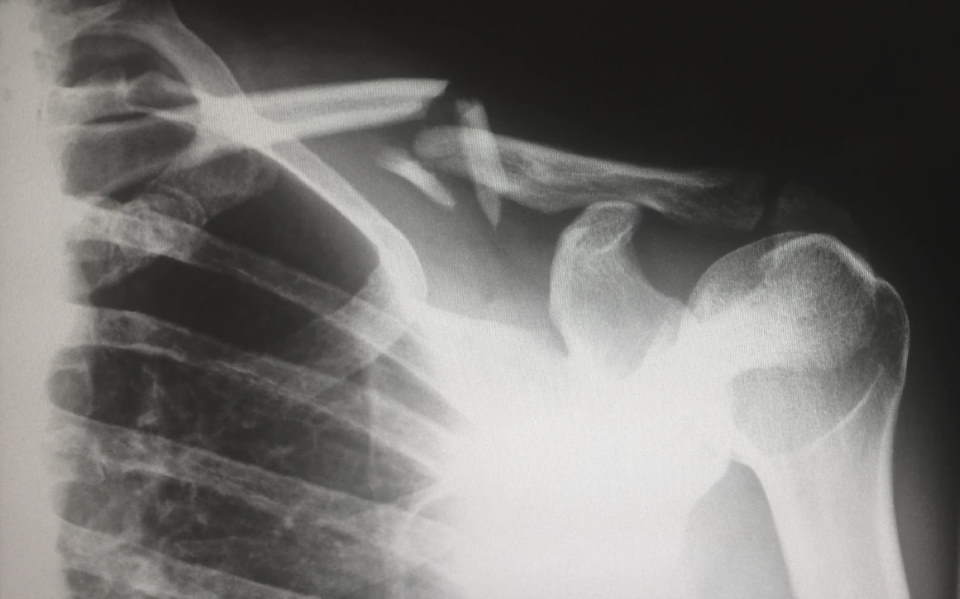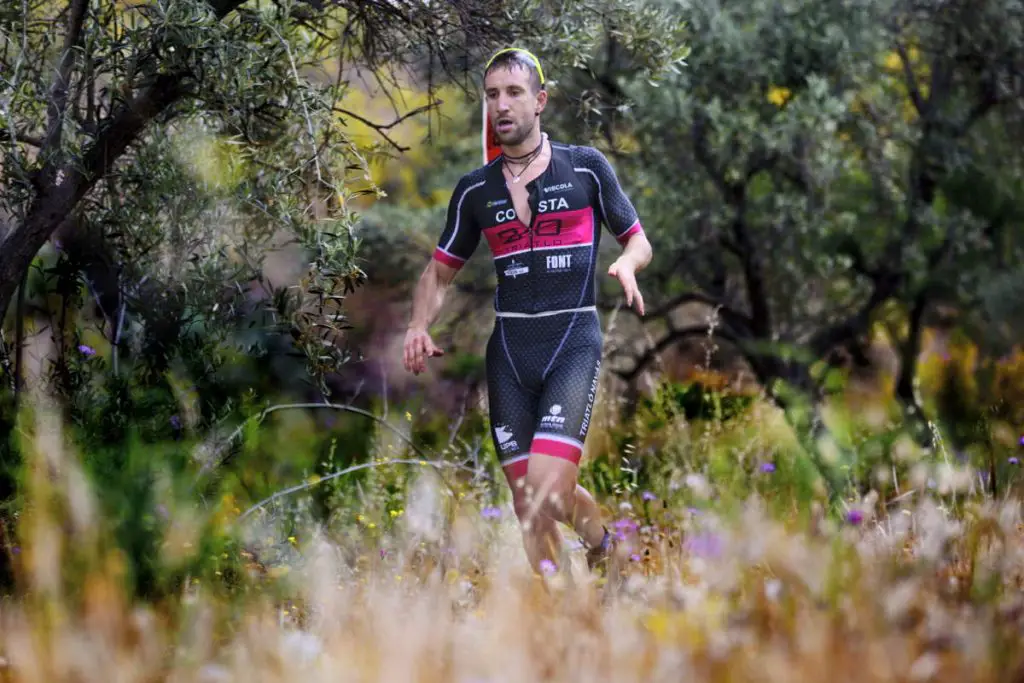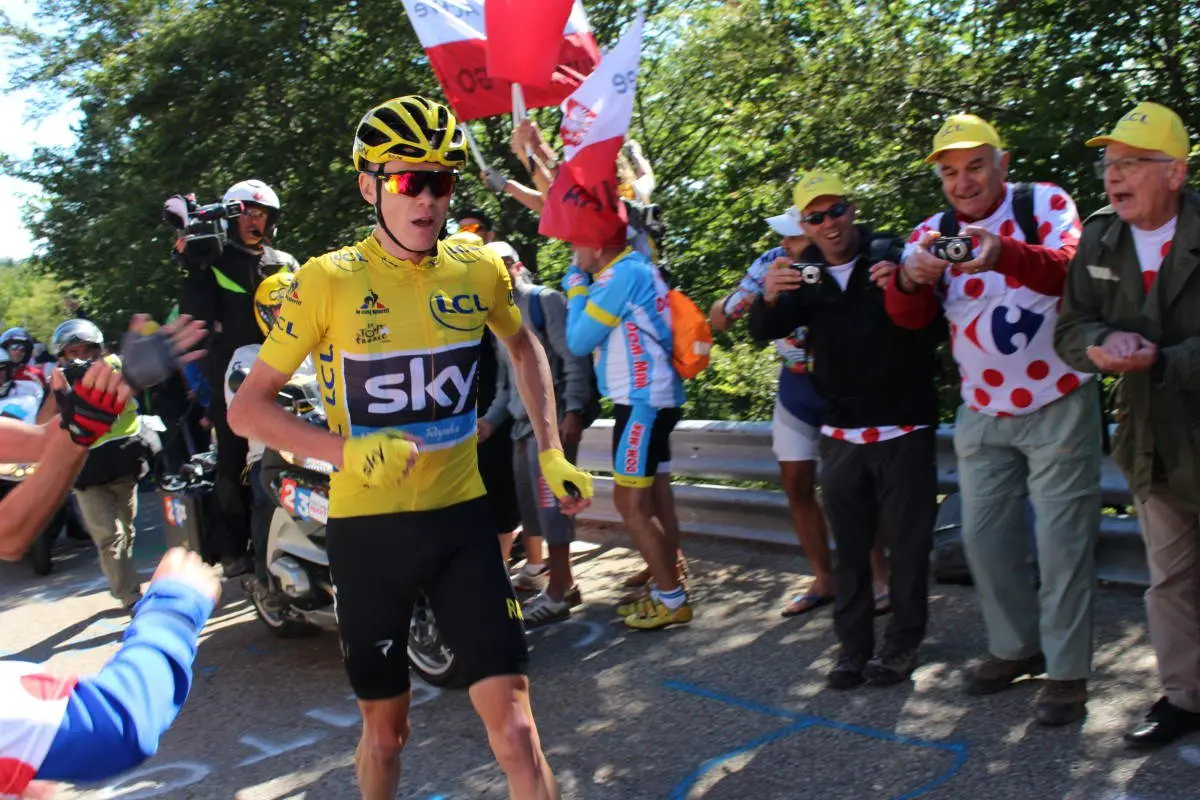Being a dedicated cyclist is great for almost every part of your body and mind. But, could it be putting your bone health at risk? Turns out, people who spend a lot of time cycling experience lower bone density, especially professional cyclists, even though they are otherwise healthy, fit and young. Even those cyclists who regularly lift weights have a lower bone mineral density than recommended.
These results paint a picture of the effects of various low-impact sports on our skeleton and show how impactful it can be on long-term health. However, you don’t have to give up your bicycle just yet. Learn why cycling puts your bones at risk and how you can continue cycling safely.
Cycling is non-weight bearing

The main reason why cyclists experience low bone density is the fact that cycling is a non-weight-bearing sport. While this activity is great for cardiovascular health, high levels of cycling can negatively affect bones and cause them to lose strength over time. Even though you’re active in the saddle, you’re basically sitting down without any compression forces working their magic on your spine and pelvis. The force you’re putting into pedals is not distributed evenly and it doesn’t put any strain on your bones which is necessary for bone growth.
Recovery time is passive
Most cyclists recover from hard cycling sessions by doing some low-impact or passive activity like sitting or lying down. Many notices that avoiding weight-bearing activities helps their recovery and makes it faster and easier to handle, even though their bones might suffer.
Cyclists are usually light
Most cyclists have lower body mass which can also put them at risk of osteoporosis and osteopenia. Since women usually weigh less than men, this puts female cyclists in an especially critical category, together with cyclists actively trying to maintain low body weight to improve performance.
Cycling involves a high possibility of falls
No matter if you ride for fun or compete professionally, almost every cyclist experiences a crash at some point in their life. Of course, if you get involved in rallies and races, there’s a bigger possibility of a fall. If you want to continue riding after a fall, you need good bone density and strength.

What can we do to prevent osteoporosis?
In order to maintain good results on your bicycle, we need strong bones, especially as we get older. In case you get into an accident and fall, you better have good skeletal strength if you want to get back in the saddle quickly. So, it’s very important to stimulate bone strength by improving your diet and mixing cycling with other types of high-impact exercises.
Fix your diet
Prolonged periods of sweating in your seat might be one of the reasons why cyclists suffer from poor bone density. Calcium might be leaving your body through your sweat! So, what you can do to improve your bone health is to eat a calcium-rich meal about 2 hours before your workout to reduce bone breakdown. Some studies have suggested that magnesium may also improve bone health, so you might want to look into practical magnesium supplements to add to your diet. If you choose the best kind, you can expect your mineral levels to be restored and your bones strong.
Add running and weight lifting to your workout routine

Make sure to add some plyometric exercises and impact training to your workout routine and don’t be scared to lift heavy. If you don’t like the gym, you can go running outside and have a nice dynamic workout in your local park. Combine running with rope jumping and even punching a boxing bag (impact for your upper body is also important). Strength training is best performed at the gym with a personal trainer who can show you how to best build your foundation and prepare for the higher forces impact training puts on your body.
If you mix your cycling sessions with some high-impact exercises like running, jumping, and weight lifting, you can ensure healthy bone density and continue doing what you’re passionate about.
